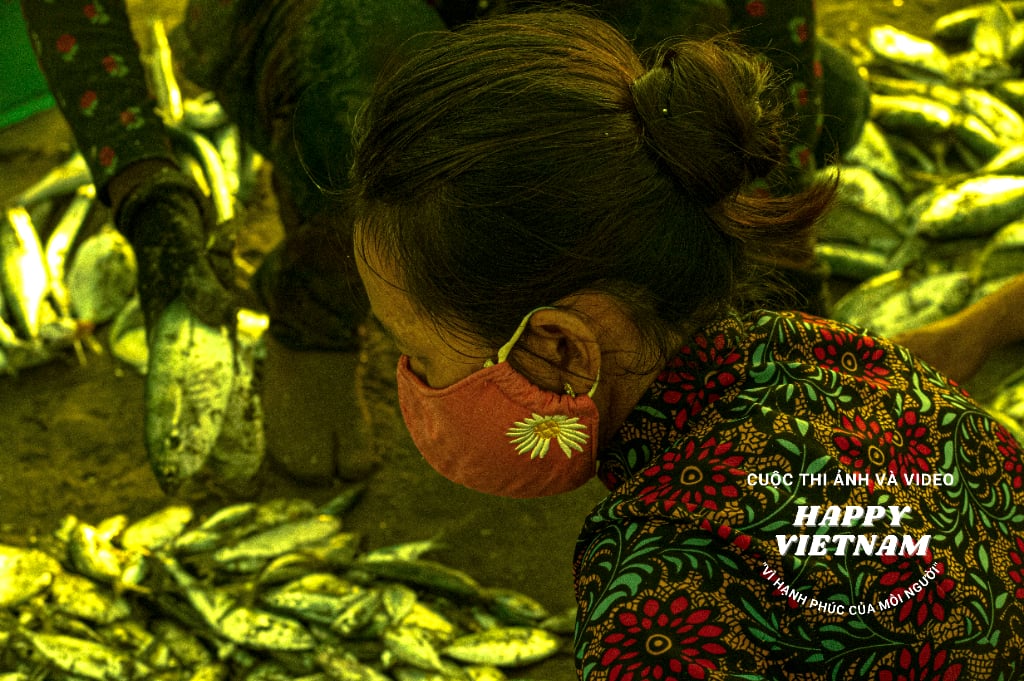In 1950, amateur herpetologist and hunter Kevin Budden tried to capture a snake to make antivenom but died later.

Amateur herpetologist and snake hunter Kevin Budden. Photo: Fact Republic
By the age of 20, Kevin Budden (1930 - 1950) was already an experienced snake hunter. Local newspapers once wrote about his hobby of catching venomous snakes after he caught 59 snakes in one year, was bitten five times and needed emergency treatment. However, while catching taipan snakes - a group of fast-moving, extremely venomous and deadly snakes - for use in research to develop antivenom, he was bitten and could not survive, IFL Science reported on July 5.
In 1950, Budden and two colleagues went to Queensland to catch taipans, which had no antivenom at the time. While in the bush, he caught a 1.8m-long snake. However, while bagging the animal, it escaped and bit his thumb.
Budden remained calm, grabbing the snake with his other hand and placing it in his bag. He took the bag with him and hitchhiked to a nearby road. Budden needed urgent medical treatment and was taken to a doctor, but urged the truck driver to take the snake – the only living specimen of the taipan ever caught – to researchers for antivenom development. The specimen was later transported to Melbourne and played a key role in the development of antivenom in 1955.

The specimen was captured by Kevin Budden in 1950 and is now preserved at Museum Victoria, Australia. Photo: Museum Victoria
When Budden arrived at the hospital, doctors described him as being full of courage and excitement, showing that he was more concerned about the snake's health and condition than his own. Budden believed that the snakebite victim died of fear, not venom. He did not amputate his injured thumb, believing it was not worth it.
Budden was given an antivenom, which helped with the clotting but did not reverse the effects of the venom on his nervous system. He began vomiting yellow fluid, had headaches, and his muscles became weak. By nightfall, he could no longer move his tongue or swallow, his mouth hung open and the floor of his mouth sagged under gravity.
Doctors initially thought Budden might recover, but he died the next day, after spending the night on respiratory support. Since antivenom was developed thanks to Budden's efforts, there have been no recorded deaths from taipan bites worldwide .
Budden was unable to overcome the venom. “Unfortunately, a 20-year-old man who had caught a taipan snake purely for research purposes was bitten by the same snake,” said Bryan Fry, a venom researcher at the University of Queensland. He examined venom samples nearly 80 years later and found them to be still potent.
VnExpress.net


































































































Comment (0)